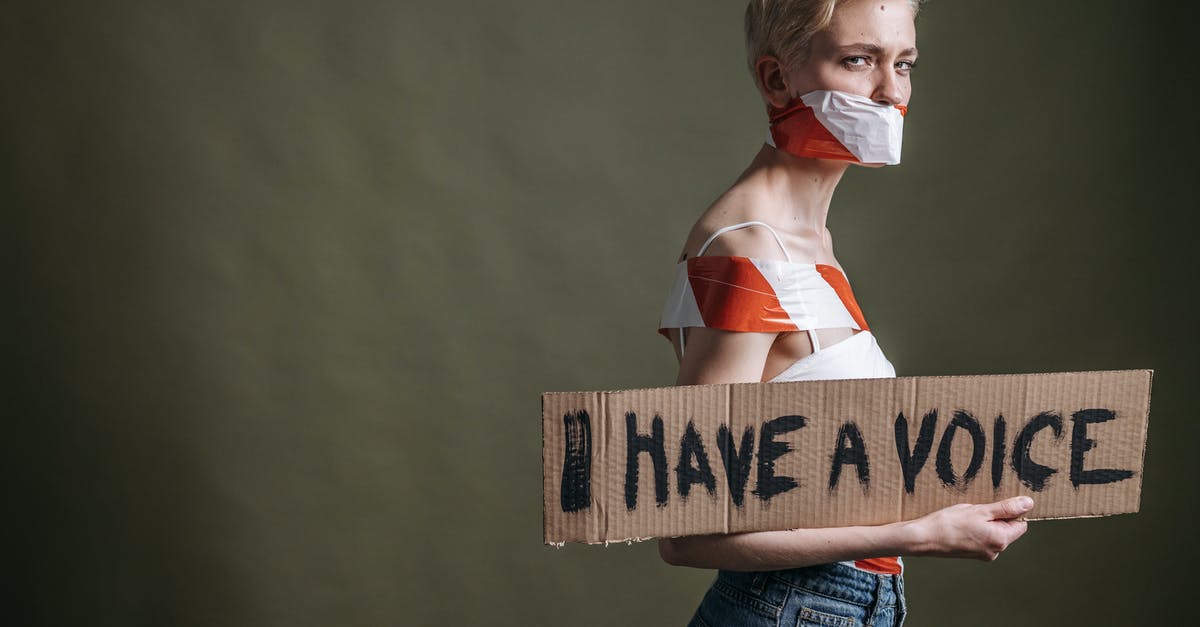I failed to make yogurt, what have I made?

In the past I have successfully followed the instructions at makeyourownyogurt.com to make yogurt using siggi's as a starter for the first batch and from then on used the last of the previous batch as a starter. This worked great for a few batches.
For my latest I used some milk that had just gone off. It was at that stage where it smells a bit off and will separate in hot liquids. The end result was not yogurt. It was very liquid, but smelled like yogurt. A night in the fridge and it was separated into a white solid and a pale yellowish liquid. I poured off the liquid, and noticed the solid smelled and tasted like strong yogurt. I squeezed the solid through a cheesecloth and have obtained a crumbly cheese-like solid with a strong yogurt tang. I've used it in my oatmeal. I would put it on a cracker and serve it.
- What have I made? Pot cheese? Queso Seco? A mess?
- Is there anything I could have done to fix the mistake?
- Was he off-milk the likely culprit, or a dead starter, or something else?
Best Answer
The white part is curd and the yellow part is whey. They can be separated in milk by the presence of acid, and helped along by enzymatic action. More acid typically yields better separation. Fresh cheeses are produced by directly adding acid such as vinegar or lemon juice. In cultured diary products such as yogurt and all other cheese, the acid is produced by bacteria like Lactobacillus. The reason fermentation acts as a short-term preservative is that many harmful pathogens do not fare well in an acidic environment, and when fermentation proceeds properly the "good" bacteria will simply outcompete the "bad."
When milk starts to "go off," that's because it's actually going off in the sense that most other people understand the term: it's starting to go bad. Whatever small amount of bacteria was in the milk has started to multiply, and has started to lower the pH. Coffee is not acidic enough to curdle fresh milk, but if the milk itself is slightly acidified then coffee will curdle it.
The fact that your yogurt separated so thoroughly is a sign that some acid-forming bacterium did serious work on your milk. I like Siggi's but I'm not a microbiologist, so I can't say whether you just had a weird batch of yogurt or there was already something living in your milk. It's probable that whatever turned your yogurt into cheese is in fact harmless. But it's also not improbable that something very unpleasant grew alongside it.
I think you got lucky. This is probably how our ancestors figured out how make different cheeses, but it's not exactly a reliable method. It doesn't help that commercial milk production is potentially a less sanitary process than it might have been in the past (although this might depend on historical place and time), and that the bacteria living in your refrigerator are probably very different from the bacteria living in animals stomachs and wherever else people used to store their milk in prehistoric times. I don't know if they had listeria back then, but we have it now and it is something you absolutely do not want inside you.
Throw it out. Unless you know any microbiologist friends, in which case you should bring it to their lab have fun seeing what's in it.
Pictures about "I failed to make yogurt, what have I made?"



Quick Answer about "I failed to make yogurt, what have I made?"
The Takeaway. If your yogurt doesn't set up properly the first time, try treating the failed “yogurt” like milk, and starting over. (Reheat it, add new starter, and incubate again.) The texture may suffer some, but it can save you having to throw the whole thing away.Why did my homemade yogurt not set?
This can be due to a few issues: 1) poorly cleaned jars and utensils, 2) very old milk that wasn't properly heated and then cooled down prior to culturing, 3) a compromised starter culture. Discard the yogurt, and start fresh with a new starter and clean materials.How do you make yogurt thick again?
Increase the Fat Content The fat in yogurt is part of what makes it thick, so using whole milk will result in a thicker yogurt than skim milk. You can also add cream to the milk or use it in place of milk to increase the fat content.Making yogurt 03 - yet another failure
More answers regarding i failed to make yogurt, what have I made?
Answer 2
Never use spoiled milk. You don't know whether the milk has safe cultures or the milk is going to kill you. I am assuming that you use UHT milk. Then you have curdled milk which is very likely spoiled. I think you made a kind of yogurt-flavored casein-based plastic / play-doh that is inedible ;)
Sources: Stack Exchange - This article follows the attribution requirements of Stack Exchange and is licensed under CC BY-SA 3.0.
Images: Pavel Danilyuk, RODNAE Productions, Pavel Danilyuk, Pavel Danilyuk
